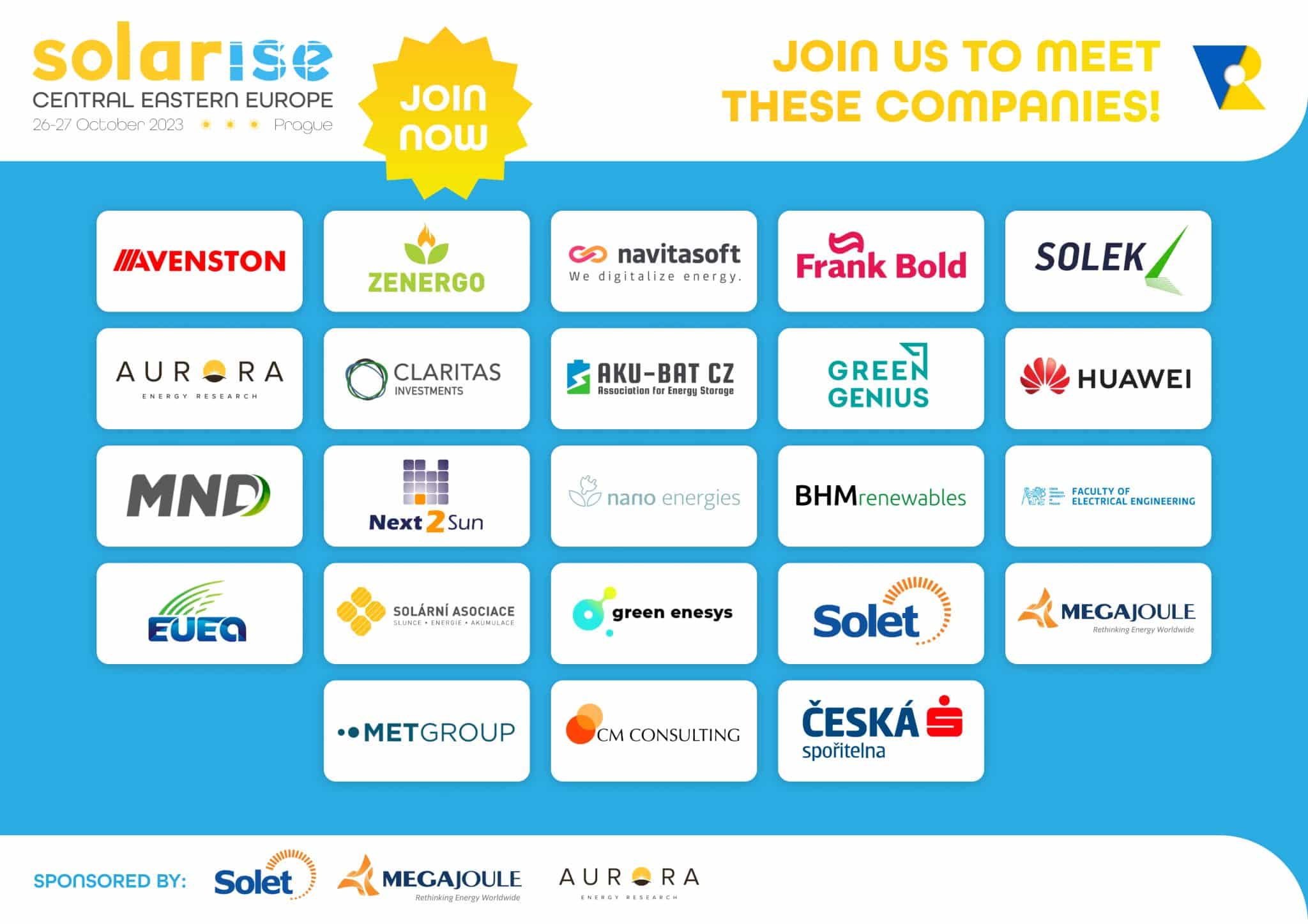CEO of Avenston, Dr. Dmytro Lukomskyi, took part in the Solarise CEE 2023 conference, which took place in Prague on October 26 and 27, 2023. As part of the panel discussion “Renewable energy (PV development) policy in CEE countries: progress, challenges, and opportunities”, a representative of our company provided his comments on the current status and prospects for the development of the solar energy industry in Ukraine. The main segments of the solar energy market of Ukraine and the impact on them due to the war with russia were considered:
“The solar energy market in Ukraine consists of several quite different segments, each of which has its own characteristics and prospects.
First of all, it is necessary to note the large industrial solar power plants that were actively built in Ukraine until 2020. These Investments were carried out thanks to the action of the “green” tariff mechanism, which was once supported by the state in practice. In total, about 6.3 GW of industrial solar power plants have been installed and put into operation. The exact numbers depend on the accounting methodology (for example, how exactly to account for lost assets in the occupied territories).
The next important market is private solar systems. Before a full-scale military invasion in February 2022, the total capacity of private solar installations in Ukraine was over 1.2 GW. In addition, home backup solar systems gained a lot of popularity last year. The main driver in this case was the cynical missile attacks on Ukraine’s energy infrastructure by the russian military. The lack of electricity, sometimes for 14-18 hours a day, became the reason for solving the problem by installing small hybrid solar systems with batteries. Over the past year and a half, approximately 200 MW of private solar systems (both on-grid and backup) have been installed.
In the third place, I would like to mark commercial photovoltaic installations for enterprises. These are mainly rooftop systems for self-consumption that do not transmit electricity to the external grid at all or use the grid only to sell surplus generation. Such projects began to be economically justified approximately from the end of 2021. The main drivers of their popularity were the increase in prices for traditional electricity from the grid and the decrease in prices for solar modules. The typical payback period of commercial photovoltaic systems for self-consumption is in many cases less than 4 years, so it is currently the most popular type of photovoltaic projects in Ukraine when considering the construction of new capacities.
On the fourth place, I can note ground-based solar projects that are built and put into operation for the sale of electricity at commercial PPA rates (for example, at day-ahead market rates). This is a new solar market in Ukraine, which has great prospects.”
Prospects for introducing energy storage technologies into refinery projects and small private systems were also discussed. At the end, the speaker emphasized the following:
“Our main goals are the reconstruction of destroyed objects and increasing Ukraine’s energy independence.”
